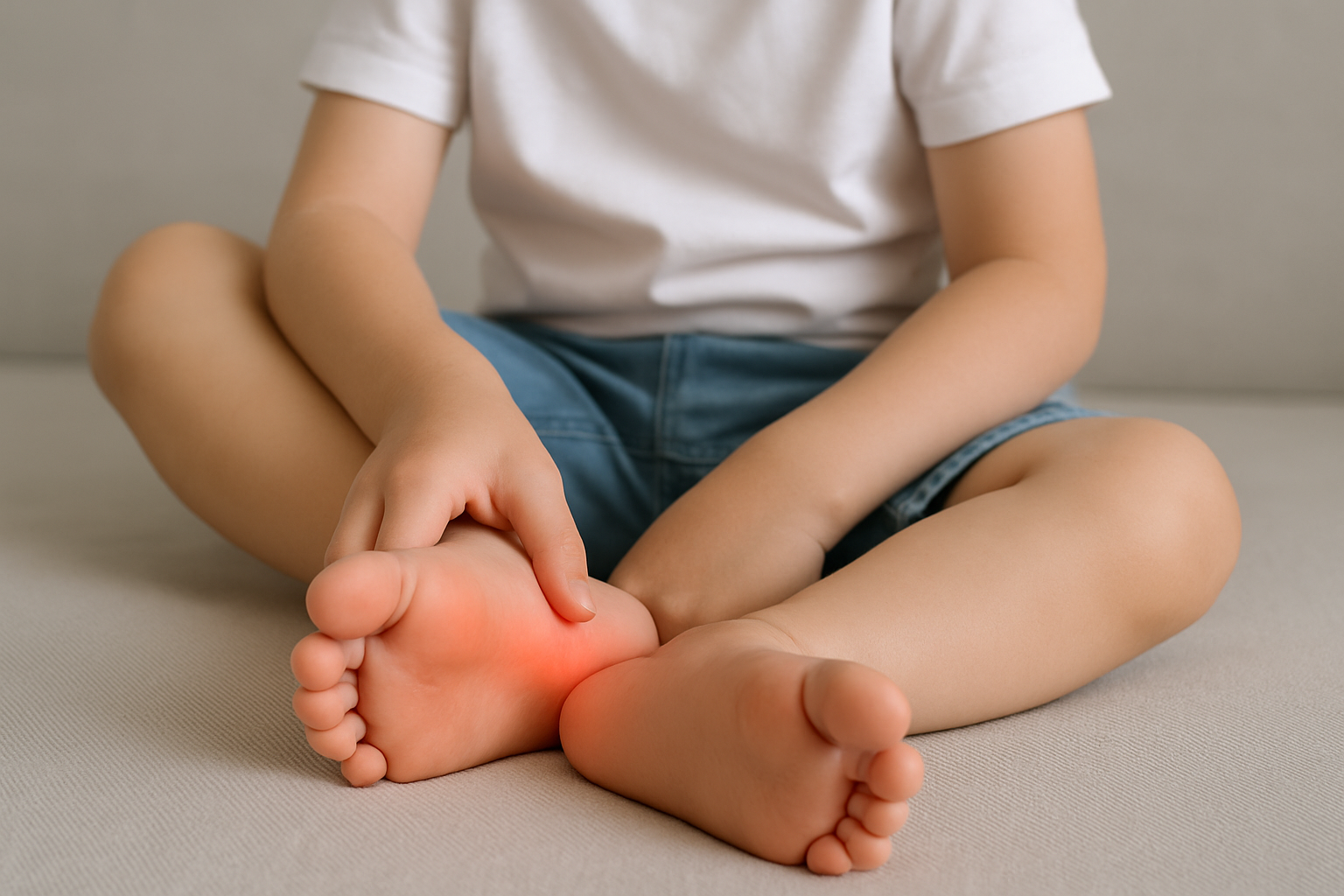Understanding Calcaneal Apophysitis (Sever’s Condition)
Calcaneal apophysitis is a common cause of heel pain in growing children, especially those between the ages of 8 and 14. This condition occurs when the growth plate in the heel—an area that hasn’t fully matured—becomes irritated due to repetitive stress or overuse. Since the heel bone continues to develop until around age 14, the growth plate remains vulnerable to strain during physical activity.

Though often referred to as Sever’s disease, this is not a disease in the traditional sense but rather an overuse injury that typically affects one or both heels. Unlike heel pain in adults, which may lessen with activity, pain from calcaneal apophysitis often worsens with walking or exercise.
What Contributes to the Condition?
Frequent running and jumping on hard surfaces can place excessive strain on the heel’s growth plate. Children active in high-impact sports such as soccer, basketball, or track are at increased risk. Other contributing factors include excess body weight, tight calf or Achilles tendons, and foot structure issues like flat feet or high arches.
Signs and Symptoms
Common symptoms associated with calcaneal apophysitis include:
- Pain or tenderness at the back or underside of the heel
- Limping or altered gait
- Walking on the toes to avoid heel pressure
- Discomfort during physical activity
- Pain when pressing the sides of the heel
- General fatigue from discomfort or limited movement